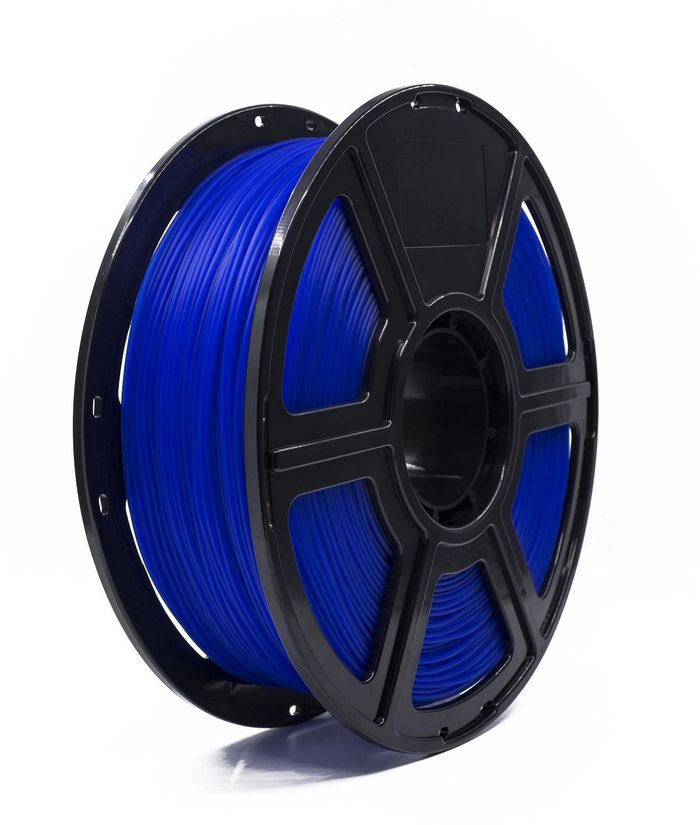- Accueil
- Pièces pour serveur, notebook & imprimante
- Imprimantes & pièces détachées
- Consommables
- Filaments 3D
- eSTUFF PLA 3D filament 2.85mm – GLB251369
eSTUFF PLA 3D filament 2.85mm
MPN GLB251369
EAN / UPC 5706998989963
Niveau de stock
Quantité limitée
Print in 3D and create prototypes, spare parts, quick and on-demand production, etc. in any shape or geometry.
3D Filaments come in different plastic materials and with varying properties. PLA polylactic acid is a biodegradable polymer derived from non-GMO corn starch. This means that an item made of PLA will slowly start to decompose when exposed to moisture, and if dropped in the sea it will dissolve completely after six months to two years. Compare this to conventional plastics where d...
Pantone 072
Smoke- and odour-free printing
Enhanced post-print workability
Easy to print filament with stable printing size and low material shrinkage
Environmentally friendly, bio-degradable polymer
Caractéristiques GLB251369
Caractéristiques
Compatibilité de marque
Toutes marques
Couleurs d'impression
Bleu, Transparent
Diameter tolerance
0,05 mm
Elongation at break
3 %
Flexural modulus
2500 MPa
Flexural strength
60 MPa
Glass transition temperature (min)
55 °C
Impact strength
0,016 kJ/m²
Matériau d'impression
Acide polylactique (PLA)
Non toxique
Oui
Print speed
60 mm/sec
Print temperature guideline
200 °C
Tensile strength
600 kPa
Package dimensions
Depth (package,cm)
21,3 cm
Gross Weight (Package, kg)
1,31 kg
Height (package,cm)
7,4 cm
Width (package,cm)
21,3 cm
Packaging data
Quantity per pack
1 pc(s)
Poids et dimensions
Diamètre
2,85 mm
Épaisseur
2,85 mm
Wire length
1280 cm
Product dimensions
Net Weight (Product, kg)
1 kg
Vendor information
Brand Name
Warranty
1 Année (s)
Description
PLA 3D filament 2.85mm
Print in 3D and create prototypes, spare parts, quick and on-demand production, etc. in any shape or geometry.
3D Filaments come in different plastic materials and with varying properties. PLA polylactic acid is a biodegradable polymer derived from non-GMO corn starch. This means that an item made of PLA will slowly start to decompose when exposed to moisture, and if dropped in the sea it will dissolve completely after six months to two years. Compare this to conventional plastics where degradation will take 500-1,000 years.
Although PLA will degrade in an exposed natural environment, it is important to point out that it is very robust when printed and used in any normal application.
With PLA it is easy to print big parts due to its thermal stability. It is stiff, hard, but also more brittle than some other compounds. This means that it may not be the best choice of material if the printed item will be exposed to repeated heavy bumps or sharp impacts.
Documents
*Les données produit ci-dessus sont fournies par Icecat. A cet égard, EET ne peut être tenu responsable des erreurs.

